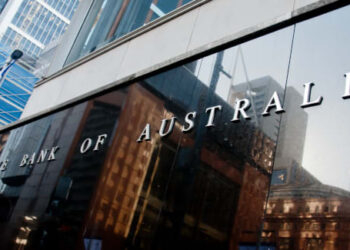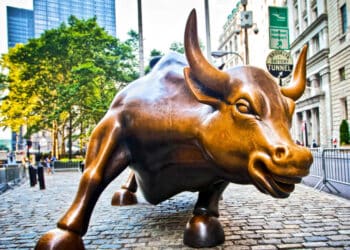In its latest Banking Industry Country Risk Assessment of Australia, S&P Global Ratings highlighted Australia’s persistent current account deficits and high level of external debt.
“We consider that these imbalances expose the banks in Australia to a scenario of a sharp correction in property prices, and its severe consequences. Nevertheless, we consider that the probability of such a scenario remains relatively remote and loan losses in the next two years are likely to remain low by historical and international comparison,” the report explained.
S&P noted that the Australian banks have strengthened their funding and liquidity profile over recent years by increasing retail deposits, reducing dependence on short-term wholesale borrowing, lengthening average maturities and increasing diversification.
“Nevertheless, we consider that the structural challenges with funding the Australian banking system are likely to persist and the system remains exposed to the risk of a disruption in access to external borrowing – whether triggered by domestic or international stresses,” the report said.
Market expectations for further RBA rate cuts for this year fell sharply after the Reserve Bank released the minutes from its October monetary policy meeting.
AMP Capital chief economist Shane Oliver considers this an overreaction.
“The hawkish turn in rate cut expectations reflects a combination of the RBA minutes running through the arguments against further rate cuts, a slightly better than expected jobs report for September, RBA Governor Lowe emphasising the RBA’s upbeat view on the economy seeing a return to trend growth next year and a return to optimism in global financial markets generally after the recent lessening in geopolitical risk,” Mr Oliver said.
“Our view is that while September’s slight fall in unemployment may have bought the RBA a bit of breathing space and that the list of positives Governor Lowe refers to will help avoid a recession, we doubt growth will be strong enough to achieve full employment and get inflation back to target anytime soon.”
Mr Oliver pointed to labour market underutilisation at 13.5 per cent. In the US this figure had to fall to 6.9 per cent to generate 2.9 per cent wages growth.
“Australia has a long way to go before it gets to full employment and decent wages growth,” the economist said.
AMP Capital is still betting on a 25 basis point rate cut in early 2020.







